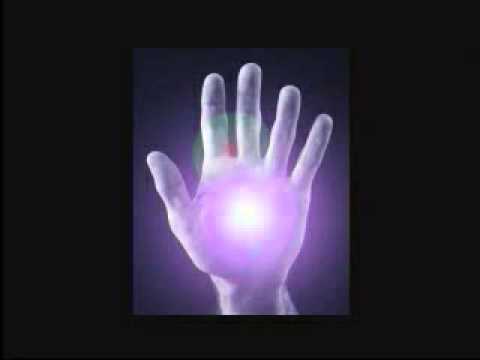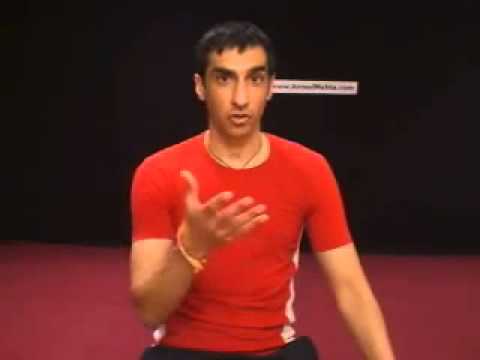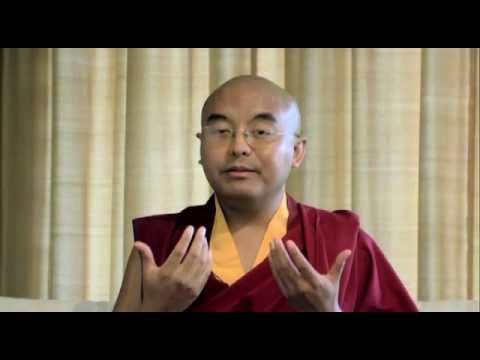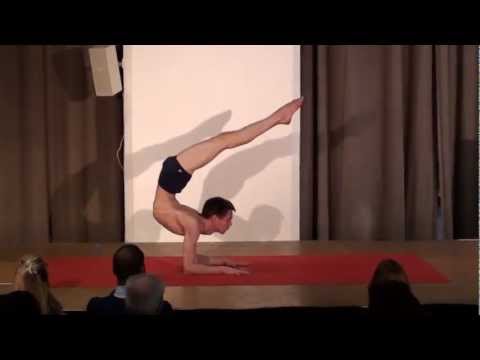“Perfect,” I said. “You can spend a lifetime learning all the subtleties about Zen meditation, but a beginner can learn how to do it in five minutes.”
Zen means simple and Zen meditation is the simplest form of meditation. Forest Zen is the simplest path of all the paths to Zen and that is the path of the Zen Forest.
“How do you meditate, here?” I asked on my first visit to the Zen Forest.
The monk who created the Zen retreat gave me a blank look.
“I’ve been taught different ways,” I said. “Some say to sit like this, hold your hands like that, with your fingertips touching and the tip of your tongue at the roof of your mouth.”
He laughed very hard and said, “That’s the way we teach beginners. It’s like telling a little kid that Santa Claus is real. Are you going to tell a very young person who believes in Santa Claus that Santa Claus isn’t real?”
“People new to meditation need to believe things like that will help them do it right,” he said.
“People new to vegetarianism like vegetable dishes that look and taste like chicken, fish, hamburgers, steak…. You can make mock duck, mock goose, mock chicken, and so on. Later, it isn’t necessary.”
A Step-By-Step Guide To Sitting Meditation
The goal is to still. How still? As still as the dead.
Meditation has been described as practicing being dead.
Step One: Sit on the floor in the full lotus position.
If you cannot sit in the full lotus position, don’t worry. Sit in the half lotus position.
If you cannot sit in the half lotus position, don’t worry. Sit cross-legged.
If you cannot sit cross-legged, don’t worry.
If you cannot sit on the floor, sit on a chair.
Most people sit on a pillow, on a mat, and use cushions to prop up their legs.
Some use a blanket to hold their hands comfortably in their laps.
If you choose to sit on a chair, sit on the front edge, keeping your back straight. If you cannot sit on a chair without leaning back for support, try meditating in a Muskoka chair. Use the cushions to get into a comfortable position so you don’t have to move for twenty minutes or so.
Step Two: Keep your eyes open and look at the floor about three feet in front of you.
Step Three: Try to keep your back straight. If you cannot find a way to sit comfortably on the floor, try leaning against a wall.
Step Four: Your left hand should rest in the cup of your right hand and your thumbs should touch lightly.
Step Five: Focus on your breath. Pay attention to your breathing.
Step Six: Count breaths. Breathe in and count “one” as you exhale. Breathe in and count “two” as you exhale.
Step Seven: Count to ten, breathing in and out, and start over again.
Step Eight: Thoughts arise naturally during meditation. Try not to follow your thoughts. Let them come and go. Focus on your breathing. Don’t engage with your thoughts. Watch them come and go as though you are watching a movie.
Step Nine: After meditating, massage your sore muscles and then do some exercises to get your energy going again.
Step Ten: This step is for advanced meditators. You don’t have to count your breaths. Just follow your breath as it goes in and out.
Put your awareness at the tip of your nose or on your belly. Stay aware of your breathing.
When we are aware that we are breathing, the mind and the body are one, and monkey mind ends. We’re not thinking about the future or the past – just the present moment.
If you are a very experienced meditator, focus on your true nature.
The Goal of Meditation
The goal of meditation is to still the mind. The mind is like a cup of water from the pond. We are sitting in Muskoka chairs, on the new field stone patio in front of the dining hall attached to the zendo, looking at the creek the monk turned into a pond at the Zen Forest.
“How many thoughts do we have each day?” Thay asks me.
“I studied with Deepak Chopra last summer and he quoted Wayne Dyer saying we have sixty thousand thoughts a day,” I say.
“Sixty thousand, they say?” the monk laughs. “Oh really? We have monkey mind, with six hundred thousand thoughts per day. Those are the big ones. Who knows how many small ones we have. They are like waves and ripples on the ocean and on a pond.
“Imagine taking a glass of water from the pond,” he says. “That glass of water from the pond may be muddy and cloudy.
“Let it settle.”
“The mud is heaviest and sinks to the bottom. Other impurities may settle on the mud. At the top is the purest water.”
“If you’re smart, you’ll siphon off that water.”
“That’s your mind and those are your thoughts.”
“Let the heavy thoughts sink to the bottom.”
“Siphon off the water at the top. That’s wise.”
“Meditation does for the mind what time and gravity does for the pond water.”
“Show me the siphon,” I say.
The monk says, “I can show you by teaching you Zen meditation.”
Frequently Asked Questions
Q. What is meditation?
A. Medicine for the mind, body, and spirit.
Q. Where does meditation come from?
A. The Far East. (I learned about Zen meditation in the far east of Ontario.)
Q. Will I need to make lifestyle changes in order to meditate?
A. No.
Q. Is Zen a religion?
A. No.
Q. Is Zen a branch of Buddhism?
A. No.
Q. Do I have to sit cross-legged? Do I have to sit on the floor? Do I have to sit like a statue for an hour?
A. No, no, no.
Q. Do I need a group or a guru?
A. No, but it helps, at times.
Q. Do I have to sit still for any period of time?
A. Yes, as still as a frog on a log.
Q. When should I meditate?
A. Sitting meditation in the morning and evening, sleeping meditation at night, reclining meditation and walking meditation, whenever.
Q. Do I need a mantra?
A. No. I went to a workshop with Deepak Chopra at the Omega Holistic Institute near Woodstock, New York, and he quoted his friend Wayne Dyer recommending you say to yourself “Ahhh” and “Om” as you breathe in and out, or “shalom”. But you don’t have to.
Q. What is meditation like?
A. At a recent Zen Power Hour I led, we did a check-in after meditation, and one woman said, “I spent the weekend at the cottage on one of our islands in Georgian Bay and it was relaxing but that twenty minutes of meditation in a Muskoka chair, or Adirondack chair, was even more relaxing and more of a holiday.”
Martin Avery is a Zen meditation teacher and Qi Gong instructor. He is the author of Simple Simon’s Guide To Zen Meditation and the creator of the Zen Power Hour with Zen meditation, solo massage, qi gong, and walking meditation.
If you’d like to learn more about Zen meditation, check out Simple Simon’s Guide To Zen Meditation at
Related Zen Meditation Articles







